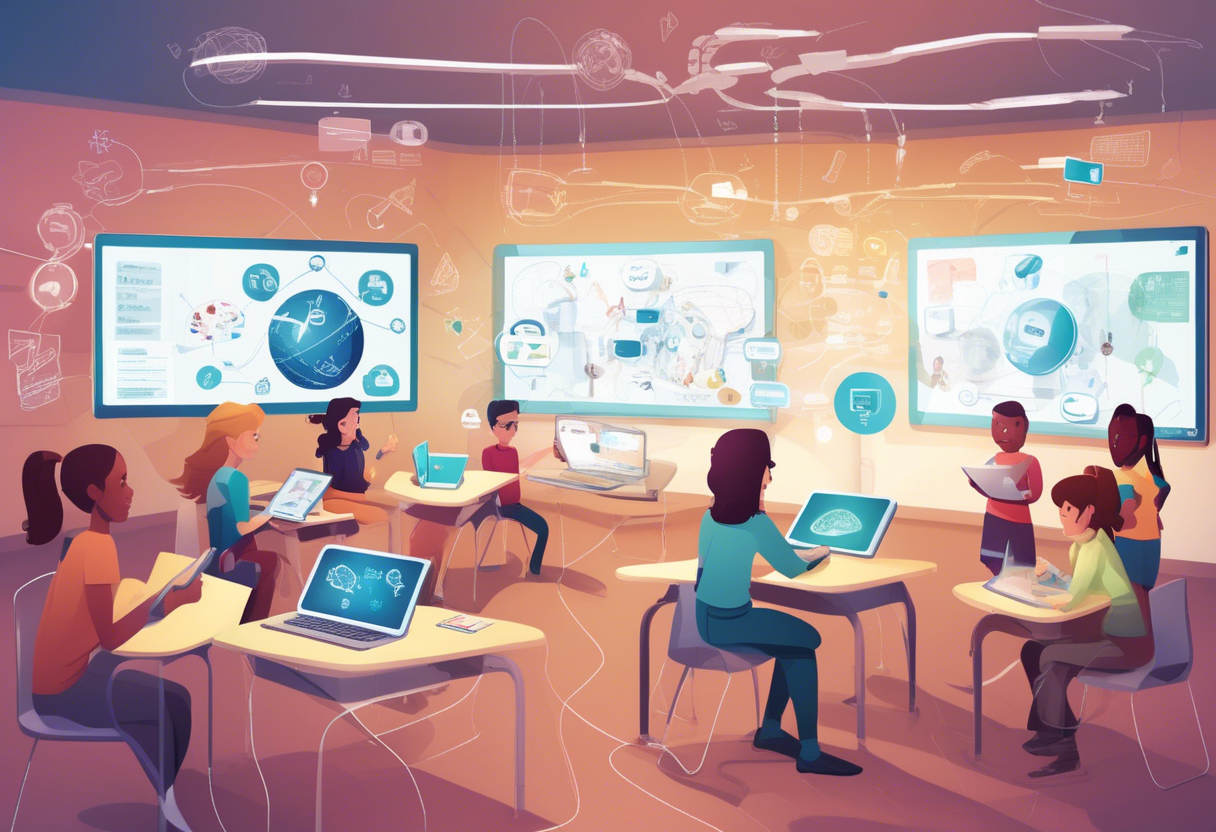
The days of a one-size-fits-all approach in education are fading fast. Now, there's predictive personalization, a fresh way to rethink learning paths. Personalized learning can boost student engagement by up to 30%. That's not just a stat; it changes how we teach. With data and predictive analytics, educators can customize learning to fit each student, improving outcomes and satisfaction. In this piece, we'll explore predictive personalization, giving you a step-by-step guide on how to implement it, the benefits it brings, and the challenges you might face. Whether you're an educator, an administrator, or just curious about where education is headed, this look into predictive personalization is both eye-opening and useful. Let's get started!
Understanding Predictive Personalization in Education
What is Predictive Personalization in Education?
Predictive personalization in education leverages AI and machine learning to analyze a wide range of student data—such as grades, attendance, behavior, and extracurricular activities—to tailor learning experiences. This approach integrates educational tech systems, providing teachers with a comprehensive view of each student.
By evaluating course participation, assignment submissions, and communication habits, educators can make informed personalized teaching decisions and identify early signs of trouble. Consequently, schools can offer customized support like tutoring, mentoring, academic planning, and mental health services tailored to each student's needs.
AI systems also adapt content based on students' emotional and learning states, maintaining their engagement and motivation. For instance, a school district in New Jersey experienced a significant increase in student engagement to 87%, a 15% reduction in dropout rates, and an improvement in math and reading scores by 8 and 9 percentile points, respectively, within just one year.
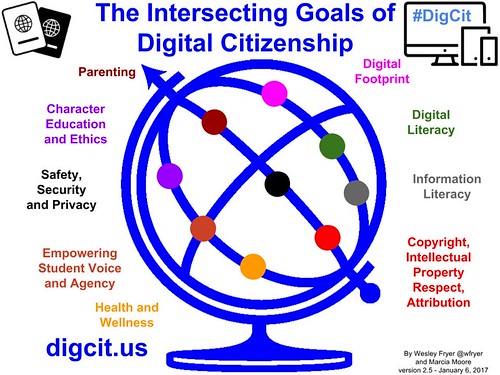
Why Learning Path Optimization is Crucial
Optimizing learning paths with predictive AI can significantly enhance student outcomes. It can reduce early school leaving by 30% and increase attendance by 12%. Personalized learning paths yield superior long-term results, with students performing 70% better compared to traditional one-size-fits-all methods.
The market for predictive AI in education is rapidly expanding in the US, projected to reach USD 2.3 billion by 2034. These optimized paths enable academic advisors to develop customized degree plans, boosting graduation rates by 25% over three years. Predictive analytics also facilitates smart resource allocation, ensuring advising and coaching services are directed where they are most needed, thereby enhancing student success and retention.

Step-by-Step Guide to Implementing Predictive Personalization
Evaluate Personalization Capabilities and Customer Data
Start by evaluating your existing personalization and customer data capabilities. Gather information from various sources such as:
- Website analytics
- CRM systems
- Email statistics
- Social media platforms
This comprehensive view helps you understand the data you're collecting and how effectively it's being used to target customers. Ensure your data is accurate, complies with privacy laws, and that your systems are robust. These fundamentals are crucial for successful AI-driven personalization.
For example, a US retailer combines CRM and website data to create real-time personalized marketing, allowing them to identify and address data gaps that could hinder predictive personalization.
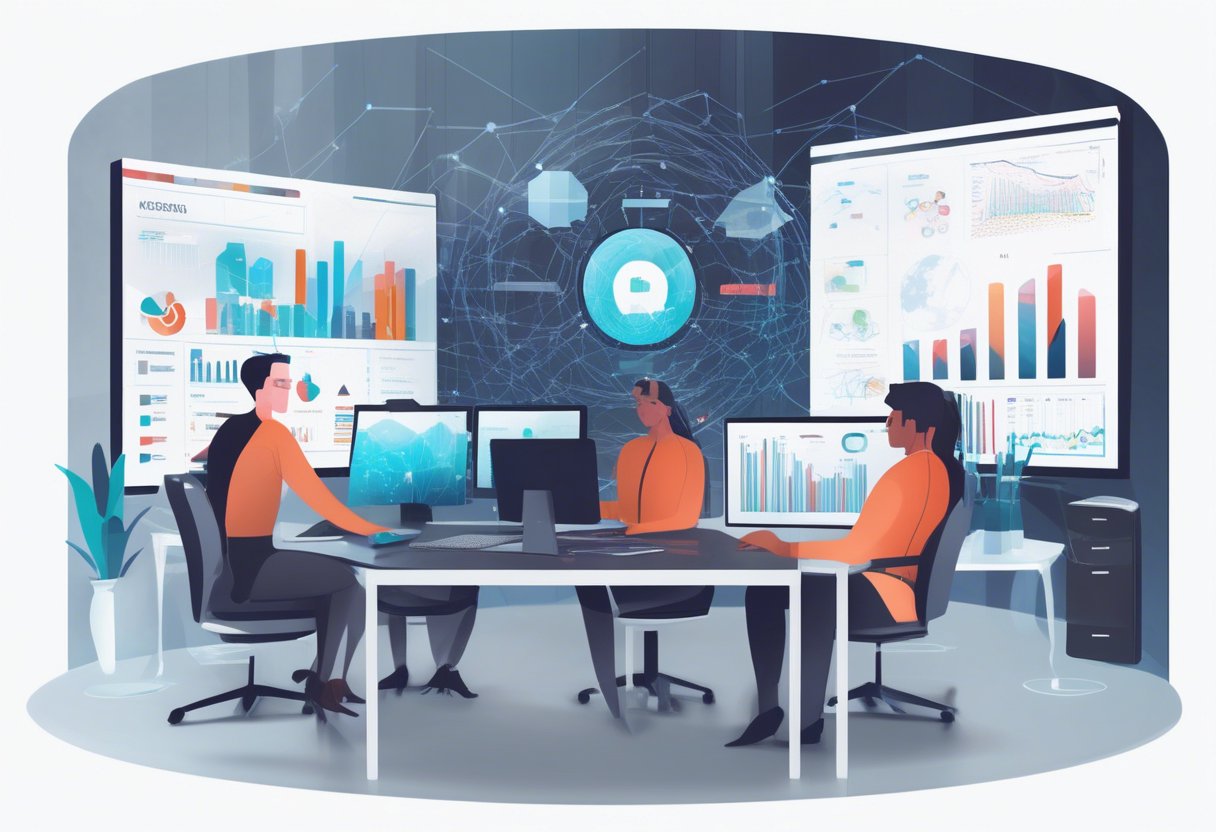
Set Goals for Learning Path Optimization
Before diving into predictive personalization, set clear goals aligned with your business KPIs. Objectives might include:
- Boosting customer engagement
- Increasing conversion rates
- Enhancing customer satisfaction
Specific goals keep your strategy focused and enable success measurement. For instance, a US educational platform aims to increase course completion rates by 15% through personalized learning paths. Starting with targeted goals allows pilot projects to demonstrate their value and inform larger AI rollouts.
Choose AI Tools for Learning Path Personalization
Choosing the right AI tools and personalization engines is crucial for customizing content and recommendations based on user behavior. Modern tools leverage:
- Machine learning
- Big data
These technologies facilitate real-time customization. For example, a US e-commerce company uses a cloud-based AI engine for product recommendations, ensuring the tools align with their goals and technical infrastructure. Look for tools that offer robust analytics, user-friendly interfaces, and reliable support.
Integrate Customer Data Across Channels for Optimization
Effective personalization requires integrating data from various channels to achieve comprehensive customer segmentation and real-time analytics. Cloud platforms are particularly useful for managing increasing data volumes efficiently.
For instance, a US financial firm integrates app data, website activity, and transaction history into a cloud platform for personalization, ensuring data collection complies with privacy regulations and obtains customer consent when necessary.
Develop and Refine Customer Segments for Learning Paths
Segmenting customers based on demographics, behavior, and preferences enables the delivery of relevant experiences. Developing detailed profiles guides strategies tailored to each segment.
An online learning platform, for example, segments users by skill level and learning style to recommend courses. Dynamic segmentation adapts to changes in behavior, allowing for more precise targeting.
Create Predictive Models for Learning Path Success
Predictive models utilize machine learning to analyze past actions and predict future customer needs. Refining these models with feedback enhances their accuracy.
A US education tech company, for instance, predicts dropout risks to trigger timely interventions. Collaborating with data experts ensures the models' reliability.
Design Personalized Learning Journeys and Campaigns
Personalized journeys involve tailoring content and recommendations based on customer profiles and insights. Real-time data allows for dynamic adjustments across channels.
For example, a US online course provider adjusts learning paths based on student progress, maintaining consistent messaging and branding.
Optimize Learning Content Placement and Delivery
AI optimizes content placement by selecting the best messages for each customer at optimal times. Microservices enable agile testing and deployment.
A US digital education platform uses AI to send course suggestions via email, app notifications, and banners. Continuously refining strategies based on data and feedback is essential.
Test and Measure Learning Path Optimization Performance
A/B testing is crucial for comparing personalized experiences and their impact on KPIs like engagement. Continuous measurement and feedback loops help optimize strategies.
For instance, a US education company tests email campaigns to boost enrollment rates, ensuring ongoing improvement.
Continuously Update Learning Path Models and Campaigns
Refine AI models and campaigns with real-time data and feedback for sustained effectiveness. Iterative pilots validate approaches before scaling.
A US learning platform, for example, updates models to adapt to learner behavior. Encouraging experimentation drives improvement.
Select Predictive Analytics Tools for Learning Optimization
Choose tools that support:
- Real-time analytics
- Scalability
- Integration with existing systems
Collaborating with AI experts can expedite adoption. A US enterprise, for instance, selects a cloud-based AI platform with strong API support for their LMS and CRM, ensuring tools meet business needs.
Integrate Predictive Personalization into Learning Systems
Seamless integration with current systems like CRM and CMS is vital. Microservices facilitate modular integration without disrupting workflows.
A US university, for example, integrates personalization modules into their LMS to tailor course recommendations. Thorough testing ensures smooth deployment.
Train Educators on Predictive Personalization Tools
Training staff on AI tools and data interpretation maximizes adoption. Cross-functional teams of educators, data experts, and marketers support implementation.
A US educational institution, for example, trains faculty on using analytics dashboards. Ongoing support keeps staff updated with trends.
In summary, implementing predictive personalization involves steps from assessing capabilities to training educators. Each step builds on the last, from evaluating data and goals to selecting tools, integrating data, building models, designing experiences, and finally testing and optimizing for success, especially in learning path optimization in the US.
Benefits of Predictive Personalization in Learning Path Optimization
Boosting Student Engagement with Personalized Learning Paths
Predictive analytics can significantly transform learning by tailoring a unique path for each student. By considering individual learning styles and needs, students become more engaged and motivated.
A study found that 75% of students in personalized settings felt more motivated compared to just 30% in traditional classrooms.
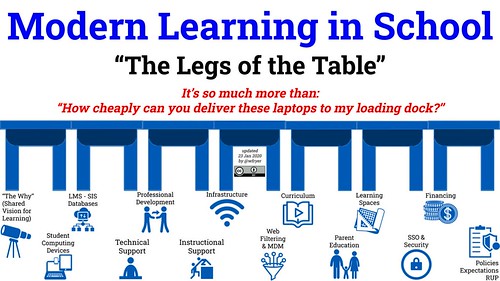
AI-driven learning not only aligns content with student interests but also incorporates features like natural language processing to make learning more conversational. These tools foster a lively and engaging atmosphere. For instance, in one New Jersey school district, 87% of students reported increased engagement after personalized learning was introduced.
Early Detection and Support for At-Risk Students
Predictive analytics is crucial in identifying students who may be at risk. By analyzing past and current behavior, it can forecast student performance, allowing schools to intervene early with additional support or resources. Schools utilizing these analytics have seen a 15% reduction in dropout rates, highlighting the importance of early intervention.

By establishing systems that monitor warning signs such as attendance and grades, educators can adjust learning paths to provide necessary support, enhancing students' chances of success.
Optimizing Resource Allocation and Curriculum Effectiveness
Predictive personalization aids schools in better planning by providing insights into student performance. It helps identify which parts of the curriculum are effective and which require more focus. With AI, schools can make informed decisions about resource allocation.
By predicting areas needing extra support, schools can modify teaching methods and improve learning outcomes, ensuring students receive the assistance they need to succeed.
Challenges and Considerations in Predictive Personalization
Ensuring Data Privacy and Security in Learning Path Optimization
When it comes to predictive personalization, businesses need to handle real-time session data and non-personally identifiable information (non-PII) with care. It's crucial to be transparent about how this data is utilized. Adhering to privacy regulations such as GDPR and CCPA is essential.
Communicating clearly with users about data usage and offering them the option to opt out helps build trust. However, there's a challenge: AI personalization can introduce biases if not implemented correctly. Notable examples include issues with Amazon's AI hiring tool and Facebook's ad targeting. Due to these privacy and security concerns, tech companies and regulators are becoming more stringent.
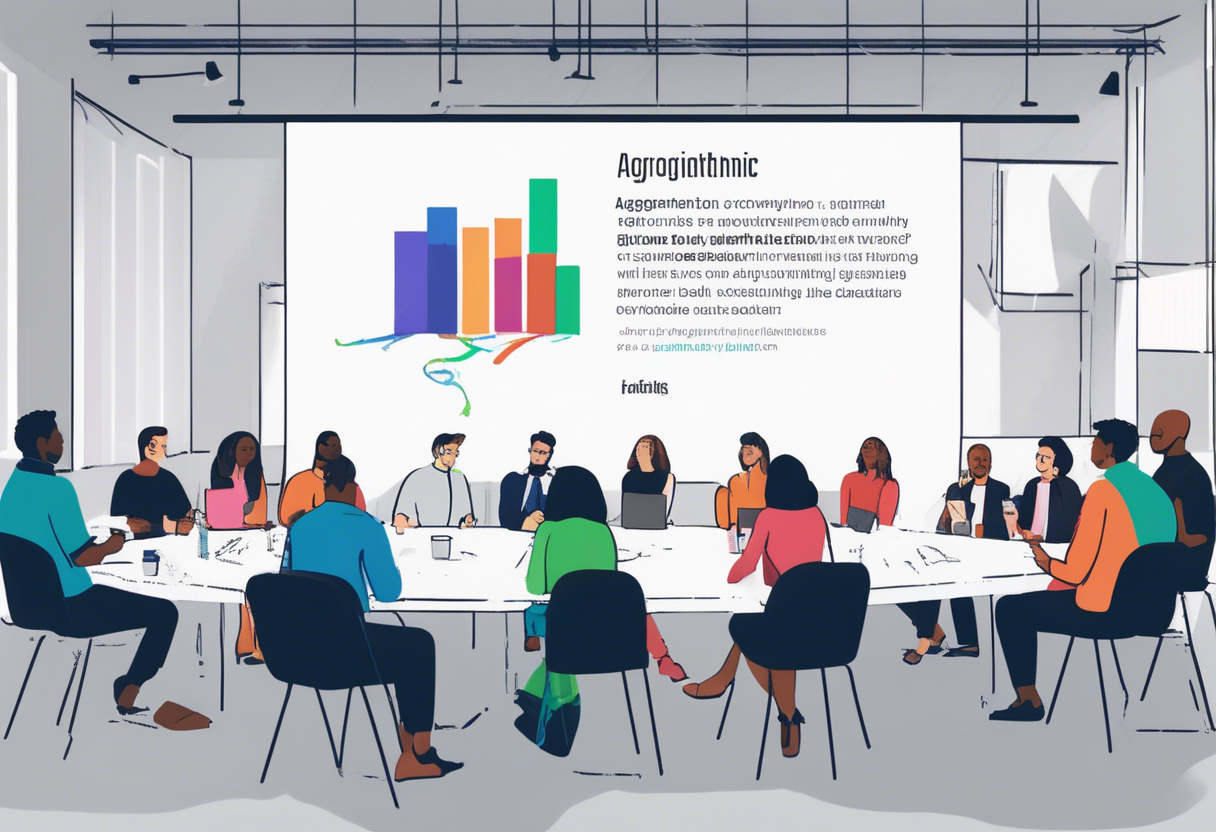
For instance, a major e-commerce company had to discontinue its AI tool due to gender bias, highlighting the risks of algorithmic discrimination.
Balancing Opportunities and Restraints in Learning Path Personalization
In the United States, approximately 75% of brands are aware of predictive personalization, yet only 60% actively utilize it, indicating a gap in adoption. Predictive personalization offers significant advantages—enhancing conversion rates, reducing cart abandonment, and fostering customer loyalty.
Consider Stitch Fix as an example. They leverage AI to craft personalized experiences, which keeps customers satisfied and returning.

Retailers are planning to allocate 59% of their marketing budgets to personalization. The key is to strike a balance, ensuring that personalization feels comfortable for users, avoiding any sense of intrusion. Recommendations should be valuable, not intrusive.
FAQ Section
How does predictive analytics enhance learning path optimization for at-risk students?
Predictive analytics acts like a crystal ball for education, utilizing past and current data to identify students who might struggle. This allows schools to intervene before issues escalate. By analyzing grades, behavior, and background information, AI predicts student performance and highlights those needing assistance.
The system detects patterns in student behavior and learning, using smart algorithms to adjust learning plans dynamically. For example, if a student's quiz scores decline and participation wanes, the system might suggest additional lessons and alert teachers to provide more support.
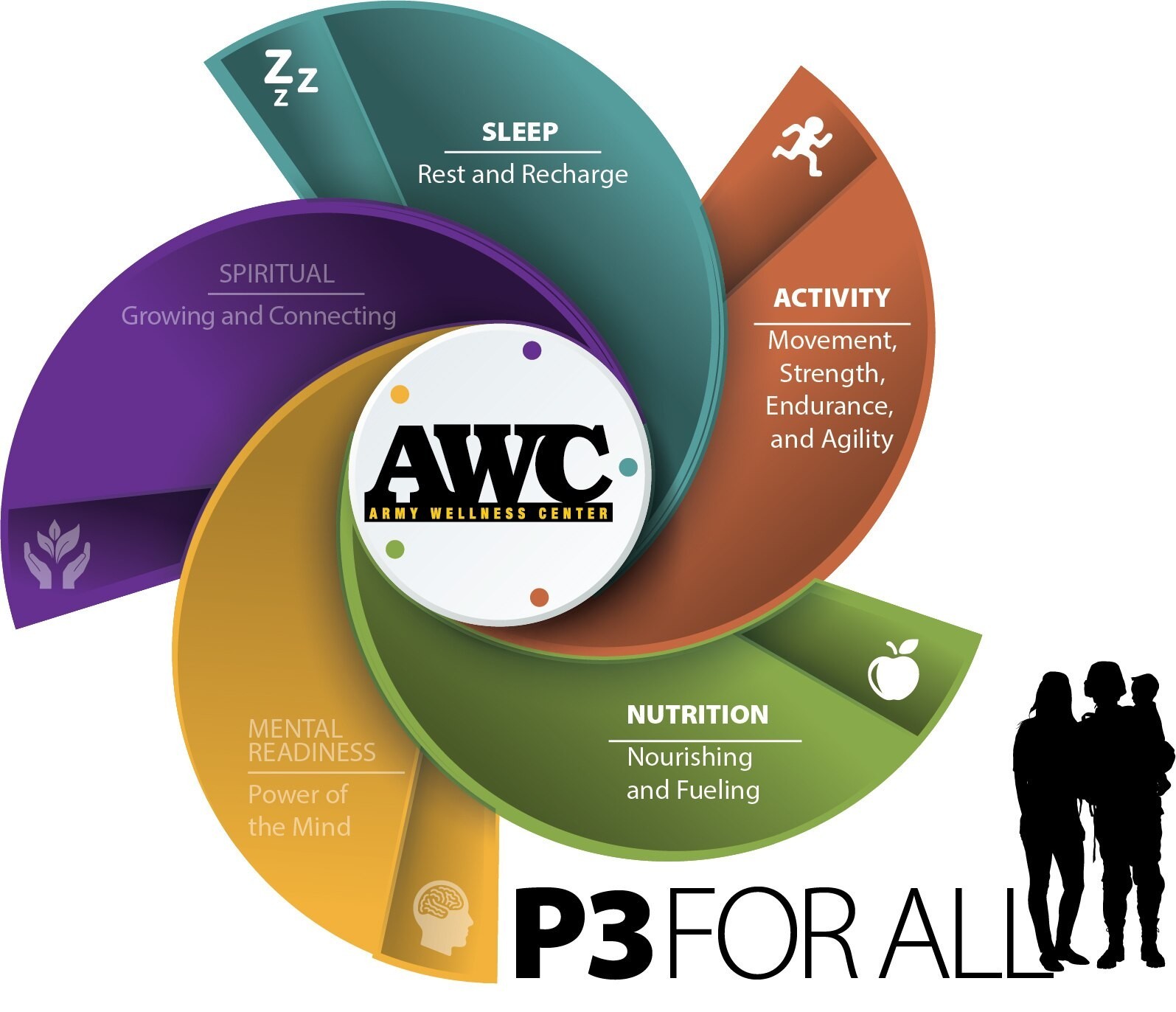
You can read more about it here.
What are the key advantages of AI-driven personalized learning path optimization?
AI-driven personalized learning functions like a tutor who knows you intimately. It customizes lessons to match each student's pace and level, potentially boosting results by up to 25% and accelerating task completion.
This approach keeps students engaged by adapting lessons in real-time and employing chatbots and virtual tutors for a more interactive experience. Additionally, AI ensures efficient resource usage and recommends optimal learning paths. Algorithms like Monte Carlo Tree Search help create these paths, balancing new learning with existing knowledge.

Find out more about this method here.
How do data privacy concerns affect learning path optimization with predictive analytics in schools?
Data privacy is a significant concern in schools using predictive analytics, as it restricts the data that can be collected and shared. Schools must adhere to regulations like FERPA in the US to ensure student information is protected and used ethically.
Privacy concerns might limit the available data, affecting prediction accuracy. To address this, schools often anonymize data and obtain consent to use AI tools, striving to balance the benefits of personalized learning with legal and ethical responsibilities.